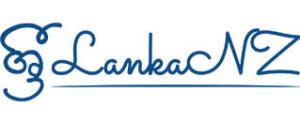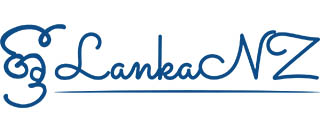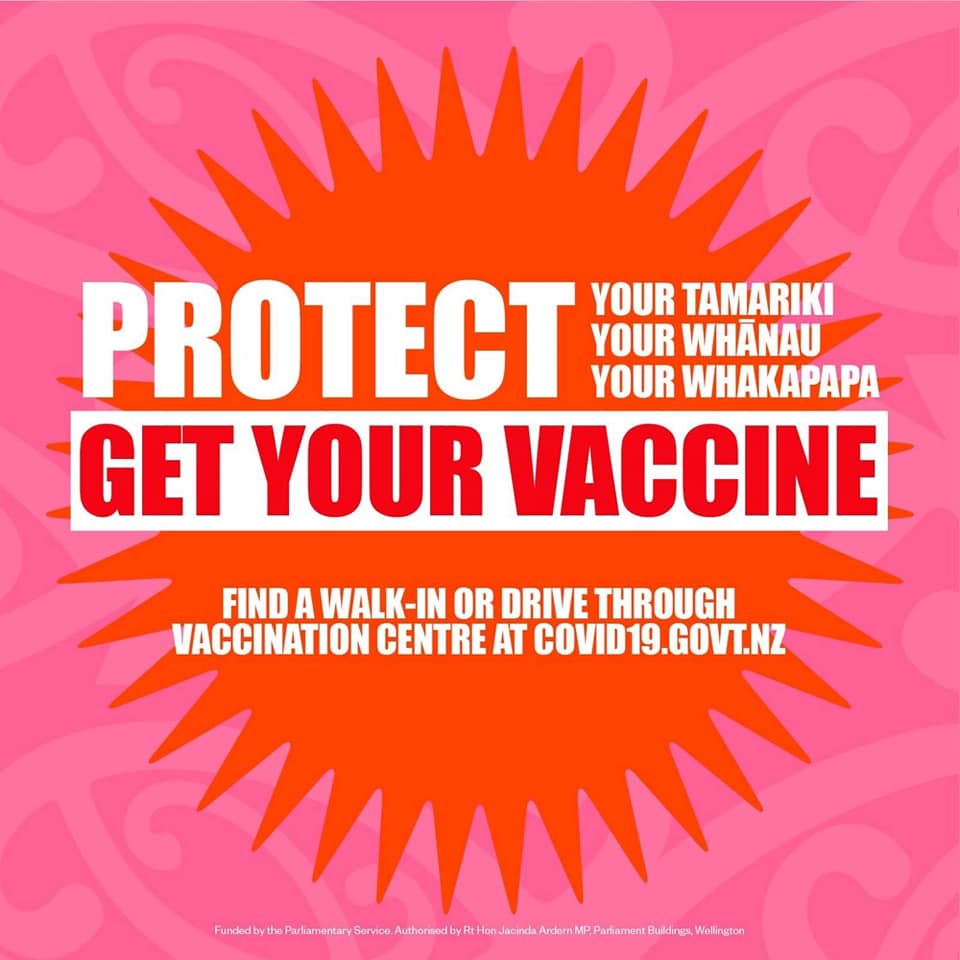On 21st November, we celebrated World Television Day. You may have thought television was a thing of the past, but television continues to be the single largest source of video consumption. Though screen sizes have changed, and people create, post, stream, and consume content on different platforms, the number of households worldwide with television sets continues to rise. It comes to your various mediums, such as ground stations, satellite, cable, and the Internet (fixed and mobile broadband), it is the same content. The interaction between emerging and traditional forms of broadcasts creates a great opportunity to raise awareness about the important issues facing our communities and our planet.
World Television Day is not so much a celebration of the tool, but rather the philosophy that it represents. According to the UN, Television represents a symbol of communication and globalisation in the contemporary world. In recognition of the increasing impact television has on decision-making by bringing world attention to conflicts and threats to peace and security and its potential role in sharpening the focus on other major issues, including economic and social issues, the United Nations General Assembly proclaimed 21st November as World Television Day (through resolution 51/205 of 17th December 1996).
Television has wide coverage and reach; according to ITU’s recent publication, about 1.72 billion households worldwide have access to free-to-air. Television broadcasting is an exceptionally reliable and trusted information source in an emergency.
During the COVID-19 pandemic and similar disaster situations, planning and preparedness from broadcasters around the world showed how broadcast television transmission infrastructure can support first responders, governments, and the public at large.
To ensure no one is left behind, emergency broadcasts must be accessible to persons with disabilities and specific needs. You may remember that during COVID-19 lockdown periods, public broadcasters carried signers to communicate in sign language for the hearing impaired. For the first time in the world, we also carry the signer in a pop-up channel of the digital terrestrial transmission multiplex channel 200 by Kordia and the Deaf Aotearoa, New Zealand.
Along with closed-captioning systems, accessibility requirements include full-screen graphical displays, news “tickers” and lower-third screen text feeds, and audio description services for the vision impaired. All these are needed in crises, just as in normal operations.
SriLankNZ also carries its content on Television on Kordia Channel 200 monthly and YouTube.
By Dr. Amal Punchihewa – Palmerston North








